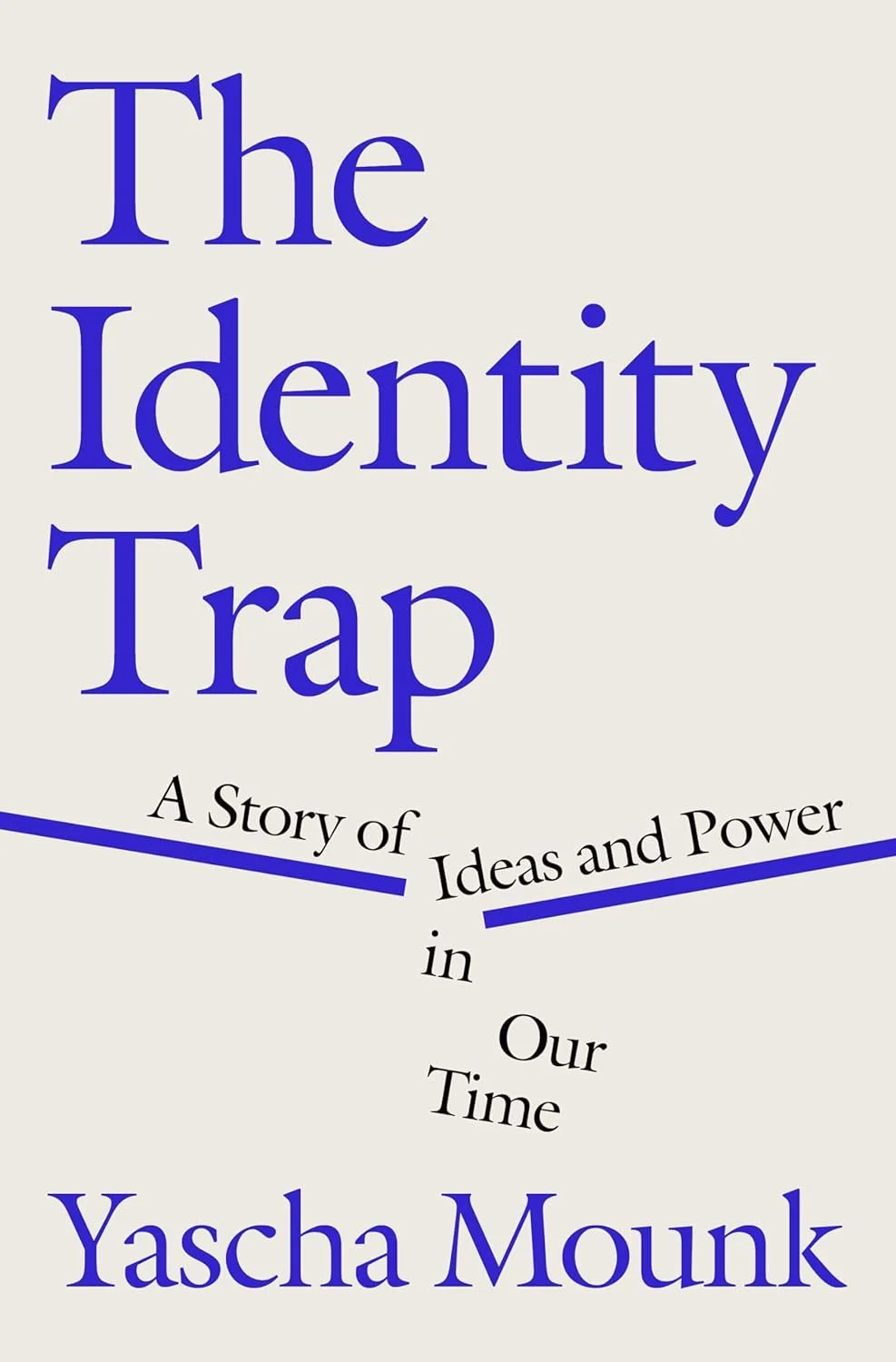Addicted to Lust - A Review
If you ask any pastor, they will tell you that pornography is a significant problem in their local congregation among the men. In fact, some surveys indicate there is little to no difference between pornography consumption among self-described Christian men and those outside the church. Many pastors can explain how it is a barrier to having enough men qualified to serve as elders and deacons in the local church.
Additionally, a growing number of people in the U.S. describe themselves as addicted to pornography. There are debates about whether that is possible and whether the changes that some people describe due to pornography have a long term impact, but there is little question that the rise of the internet and especially the smart phone have made pornography much more available and pervasive to people of all ages and walks of life.
Samuel L. Perry’s book, Addicted to Lust: Pornography in the Lives of Conservative Protestants, is a sociological study of the admitted use of pornography by theologically conservative Protestants. His population of interest includes both those that might be described as fundamentalist and as evangelical.
Analysis and Discussion
Perry’s book is revealing in that his data show a huge oversight in many conservative Protestant congregations: specifically, according to his study, women are using pornography nearly as much as men. This is a particularly startling revelation, since most teaching on pornography that occurs within the evangelical church is particularly focused on men. Additionally, given the prevalence of male staff in evangelical churches, this may create situations where a local congregation is ill-equipped to help women struggling with pornography.
Assuming that Perry’s data is correct, his assertions from that data are often unflattering toward theologically conservative Christians. Perry argues that some basic assumptions that evangelical pastors make about pornography contribute to its use among men and the failure to address it among women. For example, the common assertion that men are “turned on” by visual stimulation while other triggers impact women are considered sexist and misogynistic by Perry. The data related to pornography use among women tends to support the argument that visual arousal is not exclusively a male trade, but he fails to adequately support a statement about different in forms of arousal between sexes. This is wound up in a general sub-thesis that Christian understandings of gender differences are incorrect, which is more assumed than argued in this volume.
Significantly, however, Perry notes that identifying pornography as a “men’s issue” is particularly harmful for the women who feel guilty about using it. Their guilt places significant psychological strain on them, which is exacerbated by feeling abnormal to be a female struggling with a “guy thing.” This, I think, is the item that is most significantly illuminating and helpful for pastors reading this volume.
Another significant assertion that is woven through this volume is that evangelicals would be better off to simply embrace and accept pornography usage as normal. He attempts to use data to show that theological conservatives are more likely to face marital difficulties due to pornography usage, not because it is actually akin to or another form of adultery, but simply because it violates the taboos of the evangelical or fundamentalist community. He does this while carefully noting that he is specifically not engaging with the literature that debates the negative sociological impacts on romance, particularly due to heavy pornography usage. Perry’s argument is that the usage rates are identical between conservative Christians and non-Christians, and some progressive Christians feel it enhances their lives, so evangelicals would be better off simply embracing the vice.
A weakness in Perry’s analysis is his engagement with primarily popular-level treatments of pornography. He does a lot of legwork to try to find cringe-worthy exaggerations and inexact statements in books intended for an audience seeking encouragement in their pursuit of holiness, who are already largely convinced of the theological underpinnings of Christian theology. This may illustrate a significant flaw in the body of literature available, since Perry apparently did not come into contact with a robust theology of human sexuality in his research.
Additionally, there are points at which Perry simply misrepresents (I assume because of understanding) the theology of those he describes. For example, by asserting that reformed Christians tend to embody pietistic idealism, which leads them to believe that, “God is chiefly concerned not with a person’s actions but with her motivations. . . . Simply put, for conservative Protestants, the obedience that God demands is not about bodily actions so much as it is about a person’s heart.” (pg 13) This is inconsistent with any reformed thinking I have ever read on sexual ethics. It appears that Perry confuses the emphasis behind motivation in discussions about sexual ethics as reflecting a greater concern (by God!) for motivation. In fact, it is that most conservative Christians already recognize that sinning with their bodies (e.g., consummating adulterous lust) is sin, but often need help recognizing the severity of lust.
Conclusion
As a work of sociology, this is helpful. Perry has done yeoman’s work in interviewing people about a very sensitive subject. Pastors, ethicists, counselors, and lay leaders within local congregations will benefit by reading this book to see what people will tell a sociologist at a state university that they are unlikely to discuss with a representative of the church. This is information worth getting access to and Perry has written a very accessible book.
Note: I received a gratis copy of this volume with no expectation of a positive review.





















God of All Things thus deepens our experience of the world as we study and live. Its short chapters and engaging prose are suitable for a wide audience. The many connections with real, physical object lessons have deepened my appreciation of God’s efforts to ensure that the message of his greatness is available for all.